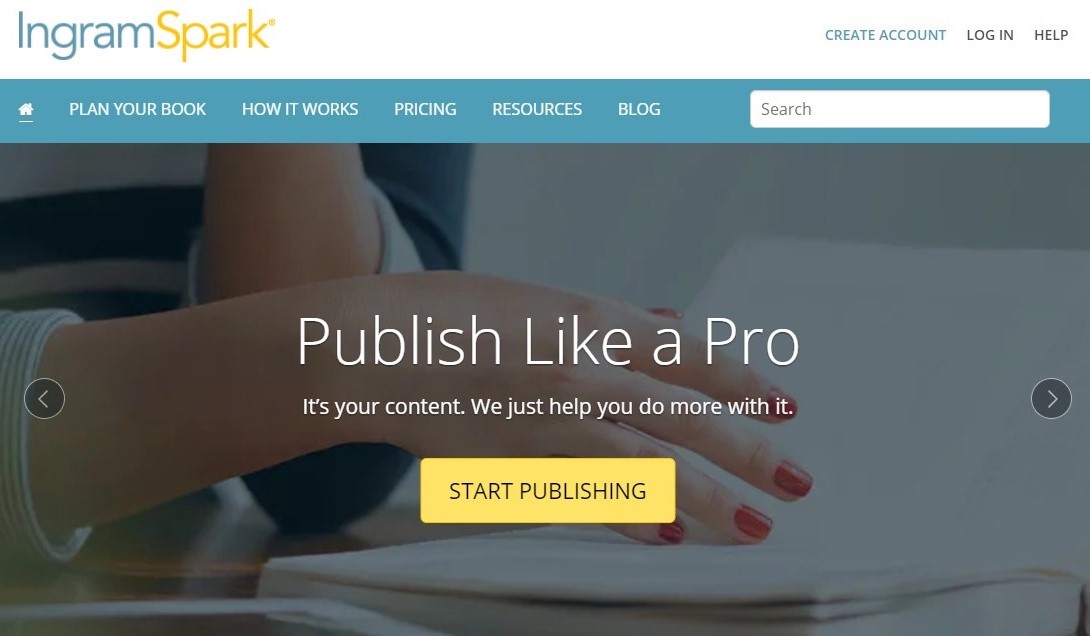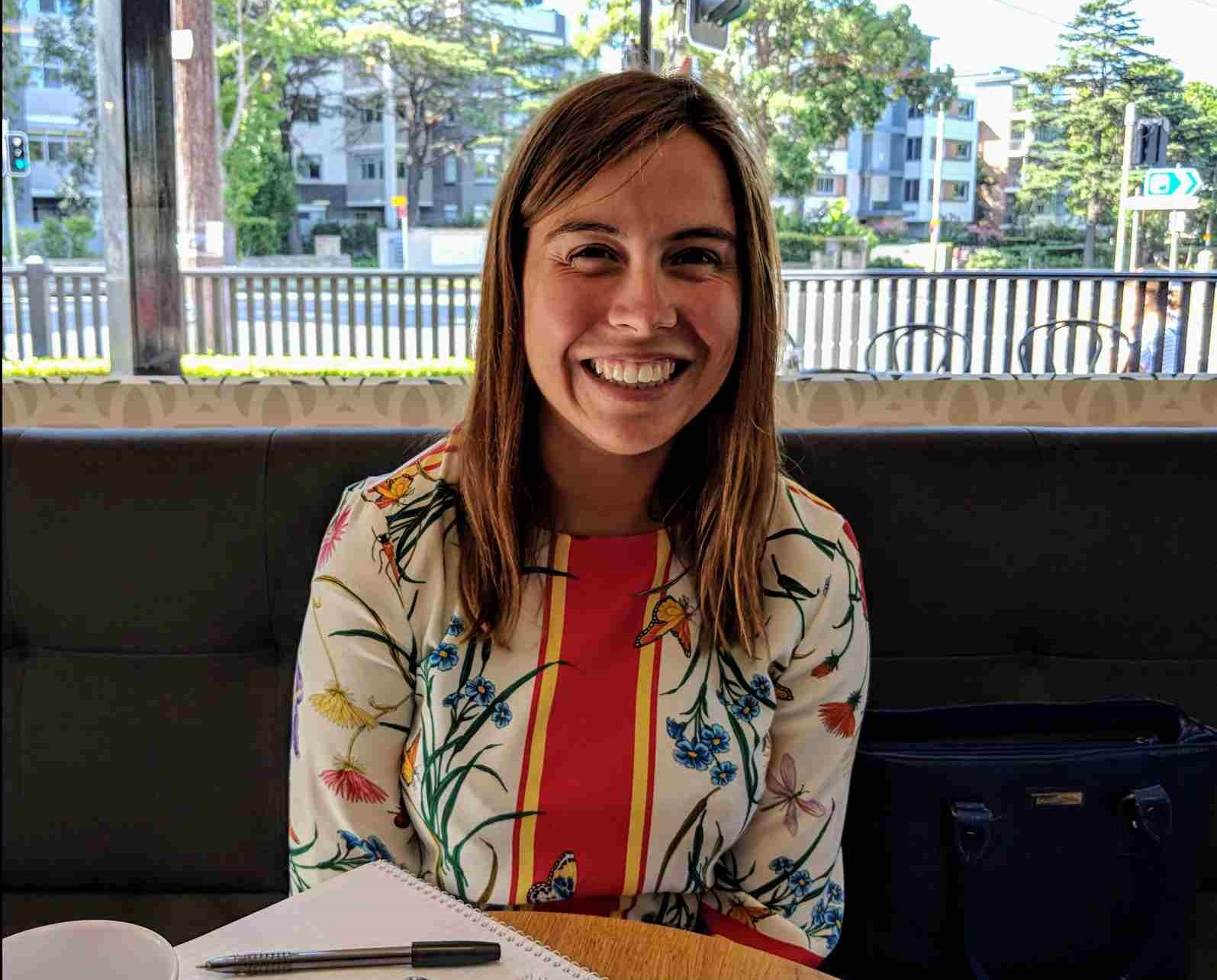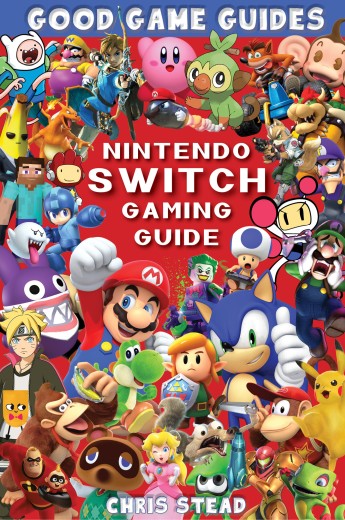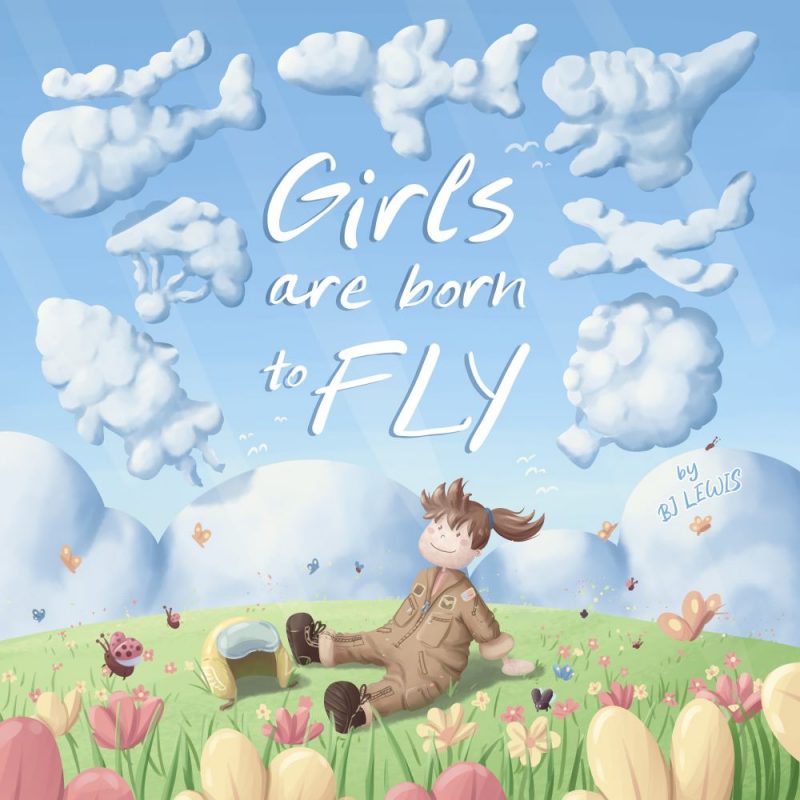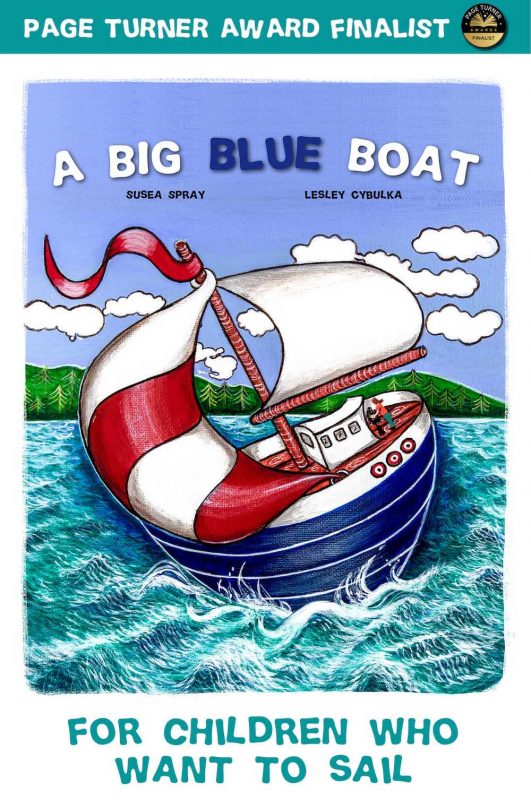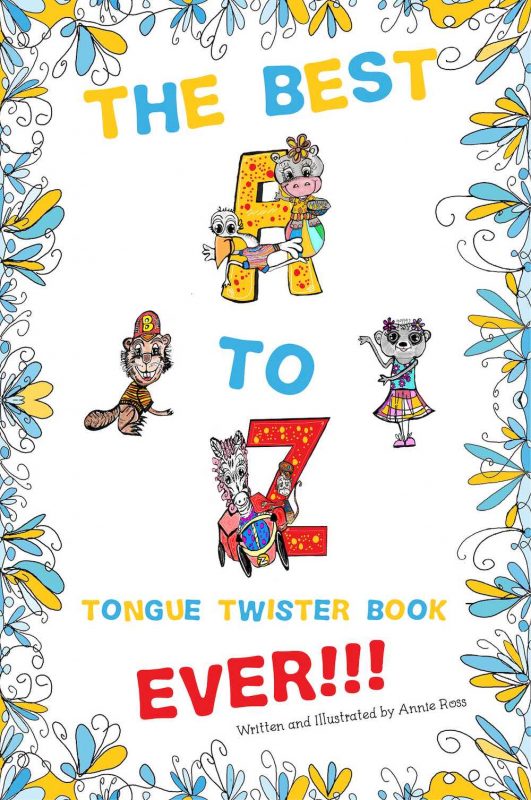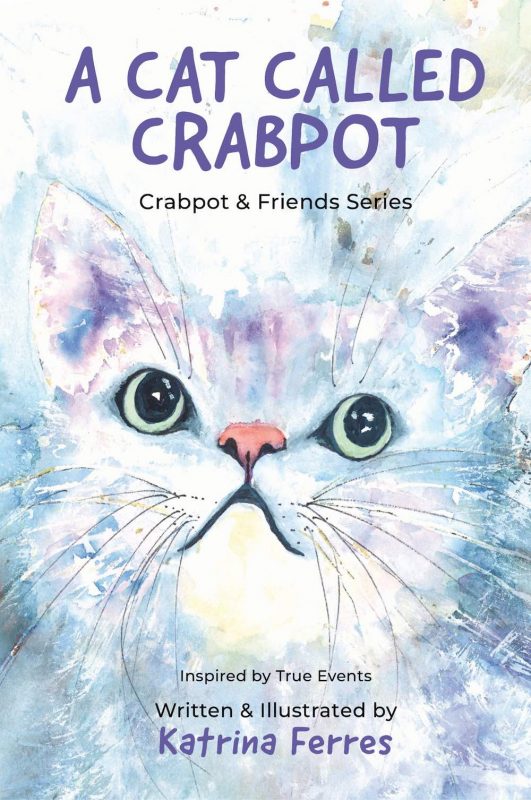Old Mate Media talks exclusively to the Australian account manager for IngramSpark, Emma Hall, about the print-on-demand market.
There is one debate you're bound to find raging in every self-publishing community, it's IngramSpark or KDP (formally Createspace)? The two dominant players in print-on-demand both have their advantages and disadvantages. We had plenty of self-publishing questions to ask when we began our IngramSpark interview with Australian account manager, Emma Hall in March 2018.
What is IngramSpark?
Before we start the IngramSpark interview, a little bit of homework. IngramSpark is a print-on-demand publishing platform that allows you to upload and publish a book in print and digital formats. You can distribute through them to retailers as well as ordering your own copies as they are required. This is a cost-effective solution for many indie self-publishers, as there is no need to store or post out books. They are printed at IngramSpark and delivered to the received on demand.
Who are we? For those of your new to the site, we're a family-run studio with 22-years of publishing experience. We help authors along their self-publishing journey, offering a range of free guides, services and advice as required. We don't want royalties or ongoing payments. We're all about education and getting great ideas turned into world-class reads.
IngramSpark interview
Just last week I sat down for a chat with Emma Hall, Key Account Manager for the Australian office of IngramSpark. We talked about our own library of books, our future plans, the book we create for other authors and some of the areas where I felt the platform could be improved. Emma was lovely and friendly, and very positive about of the usefulness of IngramSpark to small publishers and independent authors. But she was also quite firm in the limitations of the printers and the platform. We also spoke to our community to get any questions they might have for Emma in our IngramSpark interview. Below you will find a stripped back version of our chat that cuts right to the details.
What are some of the positives of the IngramSpark platform?
- Variability in returns and discounting by region.
We recently helped an English author realise his publishing dream. Currently, he is trying to negotiate a deal to get his book into his local Waterstones (a book retailer) in the UK. Unfortunately, this book is locked at a worldwide discount and offers no returns, which Emma confirmed is not that attractive to some stores. As a result, we were happy to learn that you can vary the discount and the return level just for the UK region and not change the rest of the world. This is handy as it means if you want to target a particular store, or chain in a particular region, you can do so without allowing wholesalers everywhere to return your book.
- New Australian printing machines
Recently IngramSpark in Australia upgraded their printers and this means that nearly all books (apart from those in landscape orientation) can be printed in Australia. The new machines also theoretically have improved the quality of the printing, to the point where Standard 70 option is very close to the old Premium option. As for the lack of landscape options, this remains an ongoing issue. Especially for children's book authors as we explained in detail here.
- iPage ordering system coming soon to Australia.
iPage is Ingram’s online ordering system for bookstores. It allows stores all over the world to easily stock independent books, with fast printing and delivery. Think of it as a private Amazon shopping cart on a site. Currently it’s available in the US and UK, but soon it will be in Australia, too.
What are some of the limitations of the IngramSpark platform?
- Paper stocks and ink quality not going to change
There are no plans to have thicker paper or a better ink quality through the IngramSpark platform. It's the trade-off for having print-on-demand at an affordable price to the reader. You can get better quality books, but it's more expensive and requires more admin. For some of the authors we work with, we've designed two versions of the book. They vary only slight, but allow for one to be specifically setup for print-on-demand, while the other is used through a traditional printer to produce better quality books. These can be handy for events, gifts or as an added value option to customers willing to pay for the premium finish.
- Upload process to remain the same
Uploading can be a long and frustrating process. Deciphering errors produced by the computer receiving submissions is a nightmare (and one of the main reasons authors involve us in the process). Sadly, there are no plans to make any changes to that side of the platform in the near future.
- The advance catalogue not recommended as a promotional means for Australian & New Zealand authors.
This catalogue - which highlights upcoming books - is not sent out in print form in Australia. Instead it’s emailed as a PDF and IngramSpark does not track the clickthroughs. So there is no data to support the effectiveness of the catalogue.
- Online stores set their own prices
One of the big advantages of distribution through IngramSpark in Australia is that you automatically make your book available through online retailers such as Book Depository and Fishpond. However, these stores do set their own prices and you can find quite a bit of variation. For example, our fan favourite book The Little Green Boat has a RRP of $14.25 including GST, but is priced at:
- AU$14.93 at Book Depository
- AU$15.99 at The Mighty Ape
- AU$18.86 at Fishpond
Selling directly will give you a better profit, but does add to the workload on your part.
IngramSpark answers our authors questions
After collecting some questions via social media, we put Emma under the spotlight. She took the interrogation part of our IngramSpark interview with good grace and gave us some meaty answers. Note - these answers were all current in 2018 - please do get in contact to check for any updates. Emma has since moved on from IngramSpark, but their helpful customer service team are always good at answering questions.
Why is IngramSpark better than KDP (Createspace)?
(From Brian Blackmore)
"Firstly, the different trim sizes we can do. We’ve got lots of trim sizes. We can do hardback as well as paperback.. In our hardback we can do the case laminate as well as the gloss cover with dust jacket. So there’s a few more options there.
You’ve got more options in terms of your returns policy, too. In IngramSpark, you can set it to no returns, which we often recommend. But if you want the option of having returns you can have them sent to you or select "return and destroy," which means they come back to us and we pulp them. This is a lot more attractive to book stores as most stores won’t take on books that they can’t send back.
Createspace doesn’t give you that option. Createspace also doesn’t let you set your discount. We let you set your wholesaler discount to whatever you want. We do have recommendations, but if you want it to be a really small discount, you do have that option."
Will I get better profit margins using Ingram distribution versus Createspace expanded distribution?
(From Paul Johnson-Jovanovic)
"Probably, because you do have that ability to set your own pricing and then set your discount as well. So you can play on that. Use the Publishers Compensation Calculator and play on that to work out your profit margins. IngramSpark only ever takes a cut out of what the retailers pay. We’ve never taking a cut from your side. For example, if you do have a 55% discount set, the retailer actually gets about 50% discount and Ingram gets 5% of the sale."
Why is it so exhausting trying to format books for IngramSpark?
(From Debi Stanton)
"We want our books to be professionally formatted. We don’t want self-publishing authors to be able to import whatever they want and have spacing funny and margins wherever they want them and that kind of thing. So it’s just really about having a more professional looking product. Which will help you down the road when you are trying to sell your book."
(Note – Emma was happy to acknowledge that it can be a challenging process to get your book up on the IngramSpark system, perhaps more so than Createspace. If this is an area you feel you need help with, you can find out more details on design here.)
What is the best bracket for retailers to discount your book?
(From Becky Dembowski)
"It does depend a little on the type of book. If it’s a trade book, we normally say 50-55%. This same discount would suit both hardback and paperback."
(Note - A trade book is a traditionally published book written for general readers. These are the kinds of discounts then that self-published authors need to compete with.)
How many books are uploaded into the system each day?
(From Becky Dembowski)
"I know we have seven million in total at the moment total, and we’ve been around since 2013. So assuming the growth is exponential. A lot."
(Note - Conservatively, that averages out at around 4,000 books a day).
Why is landscape so expensive?
(From Brandon Walden)
It just is. Unfortunately, it’s because it’s so new. The landscape option has only been around for a few months. Eventually it will expand into all the colour types and there will probably be more than one trim size option in landscape. But if you want something like landscape now, go square.
** At this point I pushed her a little as to when the landscape options will improve and she said:
"It hasn’t been discussed in detail, it’s just that we’re always rolling out new sizes. It will happen, I just don’t have a timeframe on when."
How are they different from KDP Paperback?
(From Anabel Soto)
I don’t really know enough about them to be able to comment on it
Do you think the print quality varies between the different printers in different countries?
(From Anabel Soto)
It wouldn’t vary to the extent that one is significantly worse than another, but each printer is going to be slightly different. This is just because it’s a different machine. So, for example, sometimes at the end of your book you might have two blank pages. This is because of the way that the pages have been grouped into sixes or fours. And then you have the exact same book printed in the US and you’ve got four blank pages at the end. It’s just because it’s been done on a different machine and they’ve bound the book differently.
Where to Next?
We hope you enjoyed this IngramSpark interview and that it answered some of your questions regarding the platform and it’s capabilities. Please do book in a chat if you'd like to talk about to get your book ready for IngramSpark. In the meantime, have a look through our ever growing list of Indie Author Guides and sign up for a newsletter to stay in touch with our latest tips. Thank you for reading our IngramSpark interview.

